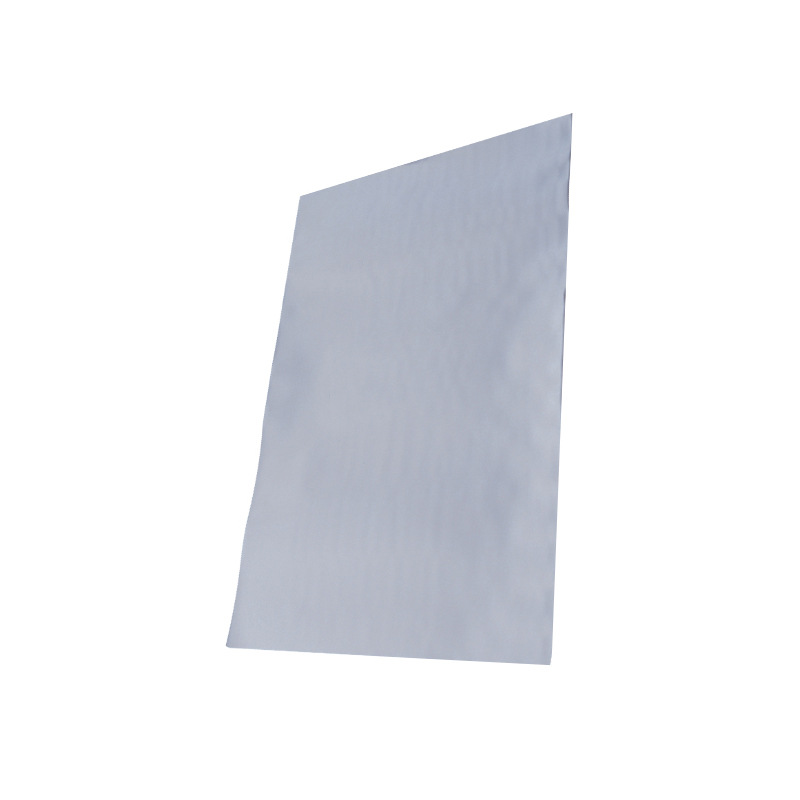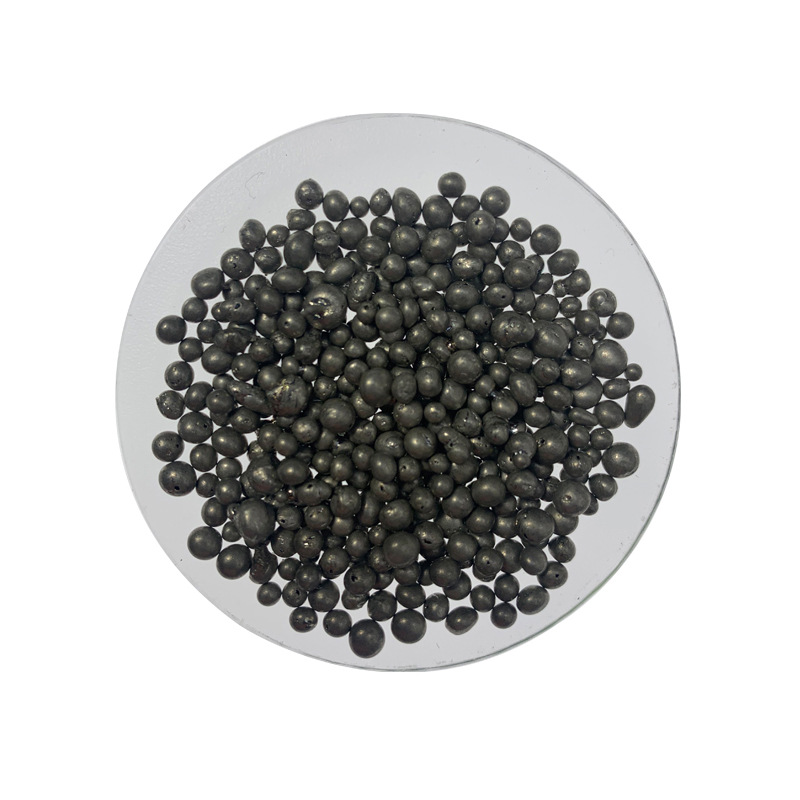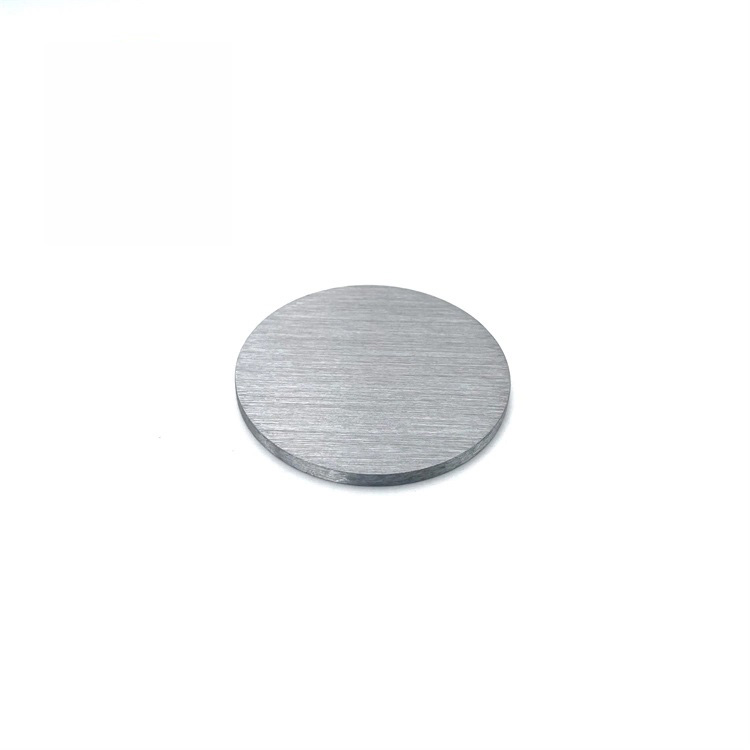-

- High Density: Exceptional density provides effective radiation shielding.
- Malleability: Easily shaped and manipulated to fit intricate forms and surfaces.
- Corrosion Resistance: Naturally resistant to most environmental and chemical effects.
- Thermal and Acoustic Insulation: Excellent properties for heat and sound dampening.
- Durability: Withstands wear and tear in harsh environments.
- Impermeability: Blocks light, moisture, and gases, making it suitable for sensitive sealing applications.
-


- High Purity: Typically ≥ 99.9% pure, ensuring high-quality films and minimizing impurities.
- Consistent Quality: Manufactured under controlled conditions to ensure uniformity in size and composition.
- Excellent Thermal Conductivity: Provides efficient heat transfer during the evaporation process.
- Customizable Sizes: Available in various pellet sizes to meet specific evaporation requirements.
-

- High Density: Provides superior radiation shielding and soundproofing capabilities.
- Corrosion Resistance: Stable under various environmental conditions.
- Excellent Malleability: Easily shaped for diverse industrial uses.
- Thermal and Electrical Conductivity: Suitable for conductive applications.
- Versatile Applications: Applicable in alloys, batteries, and protective coatings.
-


- Thickness: The thickness of the lead coating can be precisely controlled during the sputtering process, allowing for tailored solutions to meet specific application needs.
- Alloys: Lead sputtering targets can be produced as pure lead or in alloyed forms, such as lead-tin (Pb-Sn) or lead-silver (Pb-Ag), depending on the desired properties of the thin film.
- Backing Plates: Lead targets can be bonded to backing plates made from materials like copper or aluminum to improve thermal conductivity and mechanical stability during the sputtering process.
-

- Narrow Bandgap: PbS has a small bandgap (~0.37 eV), allowing it to detect and respond to IR radiation, making it ideal for infrared applications.
- High Infrared Sensitivity: PbS thin films exhibit excellent sensitivity to infrared light, especially in the mid-IR range, enhancing performance in IR detectors and sensors.
- Efficient Light Absorption: PbS absorbs light efficiently, making it a great material for photovoltaic devices and optoelectronic components.
- Good Thermal Stability: PbS films maintain their properties under moderate temperature conditions, suitable for use in thermal and IR-sensitive devices.
- Adaptability to Thin Films: PbS can be easily deposited as a thin film via evaporation, making it suitable for creating highly sensitive IR detectors and optical coatings.
-


- Narrow Bandgap Semiconductor: PbTe has a bandgap of approximately 0.32 eV, which enables high sensitivity to infrared radiation in the 3-5 µm range.
- High Thermoelectric Efficiency: PbTe has excellent thermoelectric properties, making it suitable for energy conversion in both power generation and refrigeration applications.
- Good Thermal and Electrical Conductivity: PbTe exhibits strong thermal and electrical conductivity, essential for efficient thermoelectric devices and IR detection systems.
- Infrared Absorption: PbTe is highly effective at absorbing infrared light, particularly in the mid-IR region, making it ideal for infrared detectors and optoelectronic devices.
- Thin Film Deposition: PbTe can be deposited as a uniform thin film through evaporation techniques, ensuring high performance in electronic and optoelectronic applications.
-

- Thermoelectric Efficiency: Exceptional thermoelectric properties for energy conversion and cooling applications.
- High Purity: ≥99.9% purity available, ensuring minimal impurities and high-quality performance.
- High Stability: Stable under both high and low temperatures, making it ideal for use in diverse temperature environments.
- Customizable Particle Size: Available in a range of particle sizes from nano to micro, suitable for various processing needs.
- Environmentally Friendly: PbTe is non-toxic and can be utilized in energy harvesting solutions, promoting sustainability.
- Versatile Application: Can be used in thermoelectric generators (TEGs) and thermoelectric coolers (TECs).
-


- High Purity: Up to 99.99% for superior film quality.
- Customizable Dimensions: Available in various sizes and shapes to fit specific equipment.
- Excellent Performance: Delivers consistent and uniform thin films.
- Thermoelectric and IR Applications: Suitable for deposition in advanced electronics and sensor systems.
-


- High Piezoelectric Coefficient: Enables efficient conversion of mechanical energy to electrical energy and vice versa.
- Stable Dielectric Properties: Ensures reliable performance in high-frequency applications.
- Customizable Compositions: Tailored Zr/Ti ratios to meet specific functional requirements.
- High Purity and Uniformity: Ensures consistent film deposition with minimal defects.
- Versatile Deposition: Compatible with RF and DC magnetron sputtering systems.














